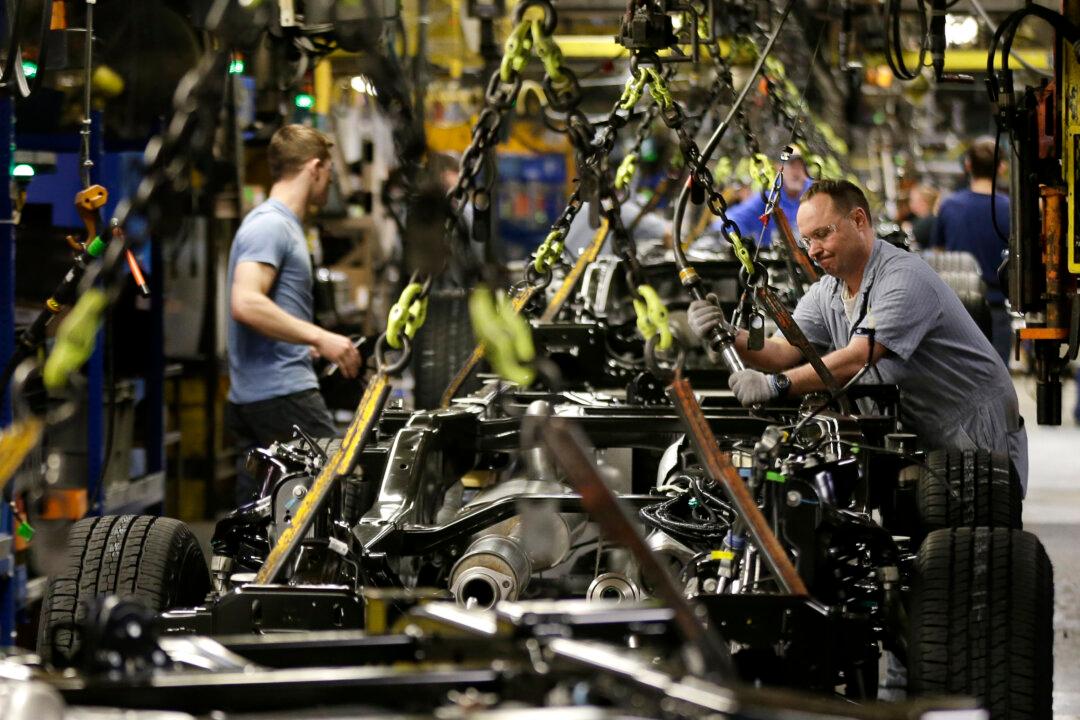It could have been worse. The first estimate for GDP growth during the first quarter of 2015 came in at 0.2 percent annualized, lower than everybody expected. It would have been lower had it not been for one part of the economy, which saved the day.
Wall Street had expected 1.25 percent growth, already much lower than the 2.2 percent we saw in the fourth quarter.
Virtually all parts of domestic production declined. Personal consumption expenditure (to consume, you have to produce, so it’s a positive) added only 1.31 percent to GDP compared to 2.98 percent the quarter before. Most of this was spent on services, goods consumption almost ground to a complete halt.
READ MORE





